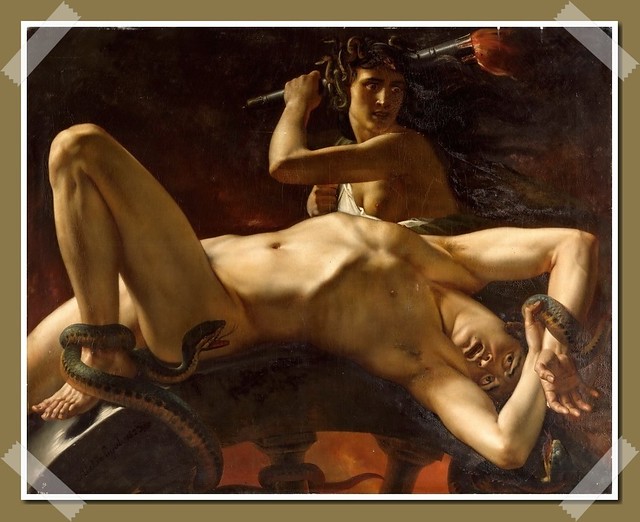Ixion

Ixion In Greek mythology, the first murderer; king of the Lapiths in Thessaly; son of Antion and Perimele (or Ares or Phlegyas); married to Dia; father of Perithous and, by a cloud, father of the centaurs and Amycus. Ixion killed his father-in-law and tried to seduce Hera, the wife of Zeus. Ixion was tricked by Zeus, who caused a cloud to appear in the form of Hera. Ixion had sexual intercourse with the cloud, fathering a race of centaurs. Zeus then hurled a thunderbolt at Ixion and had Hermes confine him to the underworld, tied to a fiery wheel that constantly revolved and was lashed by serpents.
Ovid’s Metamorphoses (book 12) tells the story. Ovid’s image was passed on to European medieval tradition, which saw Ixion as symbolic of lewdness or sensuality, as it saw Sisyphus as pride and Tantalus as avarice. Ixion appears in Dante’s Divine Comedy (Hell), Spenser’s Faerie Queene (1.5.35), Pope’s Rape of the Lock, and Robert Browning’s Ixion, in which the English poet has Ixion gain insight through his suffering.
SOURCE:
Encyclopedia of World Mythology and Legend, Third Edition – Written by Anthony S. Mercatante & James R. Dow
Copyright © 2009 by Anthony S. Mercatante